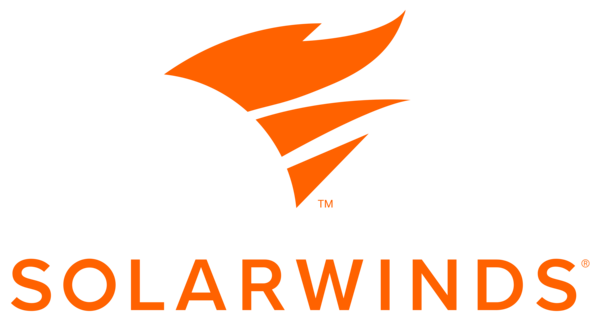
Overview

Product video
SolarWinds is a leading provider of simple, powerful, and secure solutions, trusted by more than 300,000 customers worldwide to help accelerate their business transformation in todays hybrid IT world. SolarWinds gives organizations of any size or complexity the power to accelerate productivity and deliver seamless resiliency. With integrated actionable intelligence for your entire ecosystem, we have got IT covered.
SolarWinds® Database Performance Analyzer (DPA) is the cross-platform solution to help you monitor, diagnose, and optimize your databases from anywhere, providing database performance monitoring on AWS and on-premises, spanning Aurora®, SQL Server®, MySQL®, PostgreSQL, and Oracle® and much more.
Whether you are running your database instances in RDS or EC2, DPA uses response-time analysis to identify the root cause of the hardest performance problems in minutes, not hours. Experience the clear, standardized view available for yourself in our Guided Tour video or test drive it on our DPA demo site.
From SQL statements and indexes to execution plans and blocking, DPA provides a complete view of all performance data. With custom historical views and reports, you see trends and the impact of changes. Drag-and-drop custom email alert templates combined with the RESTful management APIs allow you to automate instance monitoring and alerting.
Trusted by thousands of customers worldwide, DPA gives you the power to find your most complex performance issues while optimizing database performance without over-provisioning. To experience DPA firsthand, give it a try with the free 14-day trial available in this image, or contact SolarWinds now for a private offer.
Highlights
- Monitor: A clear, standardized view of your databases in real time. From resource usage to wait times, intuitive interfaces help you stay informed and in control.
- Diagnose and Optimize: Combine anomaly detection, root cause analysis, and query diagnostics to uncover performance issues and receive actionable insights to fine-tune your database for peak efficiency.
- Everywhere: On AWS®, on-premises, or across hybrid environments - track and optimize the database you rely on.
Details
Introducing multi-product solutions
You can now purchase comprehensive solutions tailored to use cases and industries.

Features and programs
Buyer guide

Financing for AWS Marketplace purchases

Pricing
Dimension | Cost/host/hour |
|---|---|
1 to 4 Database Instances | $0.136 |
5 to 19 Database Instances | $0.129 |
20 to 49 Database Instances | $0.122 |
50 to 99 Database Instances | $0.115 |
100 to 199 Database Instances | $0.108 |
200 or More Database Instances | $0.101 |
Vendor refund policy
We do not currently support refunds. Please contact sales for further questions (dpa-aws@solarwinds.com ).
How can we make this page better?

Legal
Vendor terms and conditions
Content disclaimer
Delivery details
64-bit (x86) Amazon Machine Image (AMI)
Amazon Machine Image (AMI)
An AMI is a virtual image that provides the information required to launch an instance. Amazon EC2 (Elastic Compute Cloud) instances are virtual servers on which you can run your applications and workloads, offering varying combinations of CPU, memory, storage, and networking resources. You can launch as many instances from as many different AMIs as you need.
Additional details
Usage instructions
For complete instructions on starting a DPA instance, please follow this link for more information: http://www.solarwinds.com/documentation/kbloader.aspx?kb=MT2494
Once you verify in the EC2 console that your AMI EC2 instance is running, launch DPA by opening a browser and entering this URL: http://<Your_Public_DNS> (for example: http://ec2-54-175-249-214.compute-1.amazonaws.com ).
You can copy and paste <Your_Public_DNS> from your EC2 console. The initial DPA password will be your EC2 instance_id, which you can get also from your EC2 console. When you log in to DPA for the first time, you will be asked to: 1) Create a DPA repository. 2) Agree to the EULA. 3) Select a default timezone. Then you can then start registering databases for monitoring.
Resources
Vendor resources
Support
Vendor support
If you require technical support for your AWS implementation, please open a support ticket (https://customerportal.solarwinds.com/support/submit-a-ticket ). If you have questions about obtaining support, please email customerservice@solarwinds.com for assistance.
AWS infrastructure support
AWS Support is a one-on-one, fast-response support channel that is staffed 24x7x365 with experienced and technical support engineers. The service helps customers of all sizes and technical abilities to successfully utilize the products and features provided by Amazon Web Services.



Standard contract
Customer reviews
Comprehensive and Intuitive Database Monitoring with Room for Improvement
SolarWinds database
Solar Databases for high performance
UI & Lots of customization options
best support team, best features
Can crate good dashboards
performance analysis